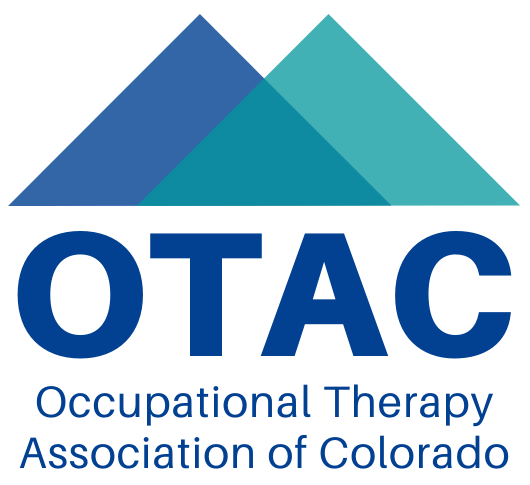Resume and Interview Tips
Where to Look for a Job
-
Search for job listings on the OTAC job board or online job portals
-
Attend job fairs and national and state conferences to establish connections
-
Reach out to your network of colleagues and classmates; utilize email and social media (i.e., Linked In, Glass Door, etc.)
-
Contact your former fieldwork site about opportunities (Lawrence & Marquard, 2021)
Preparing your Resume/CV
-
Sections to Include:
-
-
Objective or summary statement (relevant to the position that you are applying to)
-
Education and degrees earned
-
Licenses and/or certifications
-
Fieldwork experiences including advanced learning experiences
-
Prior work experience as it applies to the job you are applying to (do not list every babysitting or retail job you ever had)
-
Special skills (i.e., foreign languages, American sign language, etc.)
-
Awards or publications (relevant to your job search)
-
Participation in professional organizations, such as OTAC and AOTA (Lawrence & Marquard, 2021)
-
|
Do |
Don’t |
|
Keep it no more than 2 pages in length |
Use a small font to fit more information in |
|
Tailor your resume to each job that you apply for by aligning with the job description |
Use multiple fonts |
|
Optimize for applicant tracking systems; use keywords related to the specific job |
Go overboard by including too much information or obvious skills (i.e., Word, PowerPoint, etc.) |
|
Ensure you use accurate contact information |
List school courses that you have taken |
|
Highlight your most relevant experiences or skills; emphasize transferable skills |
Use “I” statements |
|
Create an individualized and powerful objective or summary statement |
Use the same resume for multiple applications |
|
Use coincide bullet points to list responsibilities |
Use “reference upon request;” instead, list 1 to 2 references |
|
Start bullet points with powerful verbs, such as managed, assessed, administered, lead, etc. (not “I” statements) |
Use a lot of colors, underlining or other high level formatting features |
|
Proofread several times |
Include your grade point average |
|
Send as a PDF |
Send as a Word document |
(Lawrence & Marquard, 2021)
The Cover Letter
-
-
Be brief; do not tell your whole life story or regurgitate your resume
-
Use spelling and grammar check; proofread several times
-
Items to include in a cover letter:
-
-
Describe your unique qualifications and strengths that relate to the requirements of the job
-
Explain what you can bring to the company and team
-
Describe what you think the company can bring to you or do to continue your professional abilities
-
Thank the company for their time and consideration of your application (Lawrence & Marquard, 2021)
-
-
Good Questions Show Interest During an Interview
-
-
What does a typical day/week look like?
-
What is the typical caseload?
-
What are productivity expectations?
-
What assessments and equipment are available?
-
Can you observe or shadow before accepting an offer?
-
What does the orientation process consist of?
-
Is there a clinical ladder or a path for professional growth?
-
Is there mentorship available? Is it onsite or remote?
-
Does the company support or reimburse for continuing education, state association membership or licenses? (Lawrence & Marquard, 2021)
-
Do You Accept the Job?
-
-
What is a typical day in the setting? Are you paid for your time?
-
What are the productivity expectations? Does that impact reimbursement?
-
Did other practitioners appear professional and collegial? Were they happy to be there?
-
What did client-therapist interactions look like?
-
Did you observe occupation-based interventions in the setting?
-
What is the condition of the equipment?
-
Do practitioners use evidence in their everyday practice?
-
What are the salary and benefits (i.e., health care, retirement plan, vacation time, etc.)?
-
Does the facility or setting align with your values? (Lawrence & Marquard, 2021)
-
Click here to find a job in Colorado!
References
AOTA State Affairs Group. (2021, February 20). OTA supervision requirements.
American Occupational Therapy Association. (2021). Occupational therapy roles. https://www.aota.org/About-Occupational-Therapy/Professionals.aspx
American Journal of Occupational Therapy, November/December 2014, Vol. 68, S34-S40. https://doi.org/10.5014/ajot.2014.686S04
Lawrence, L., & Marquard, S. (2021, April 17). Interview and resume techniques and tips.[PowerPoint slides].
%20(2).png)
